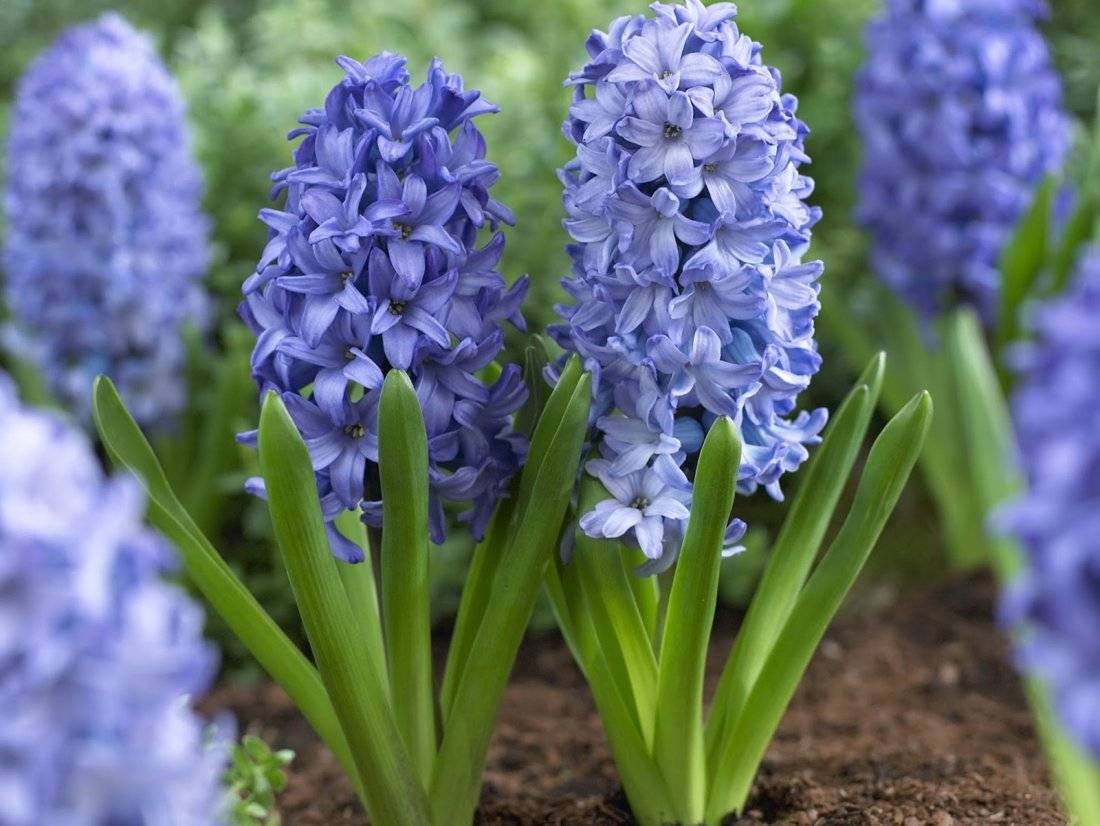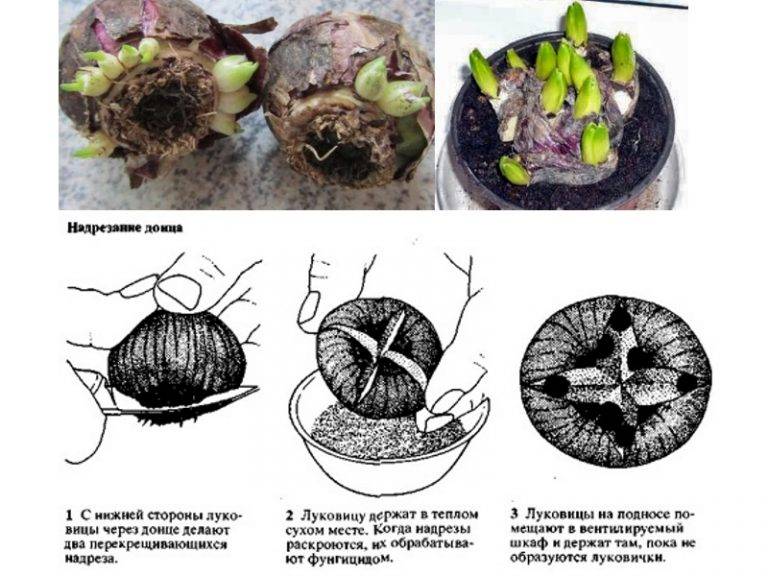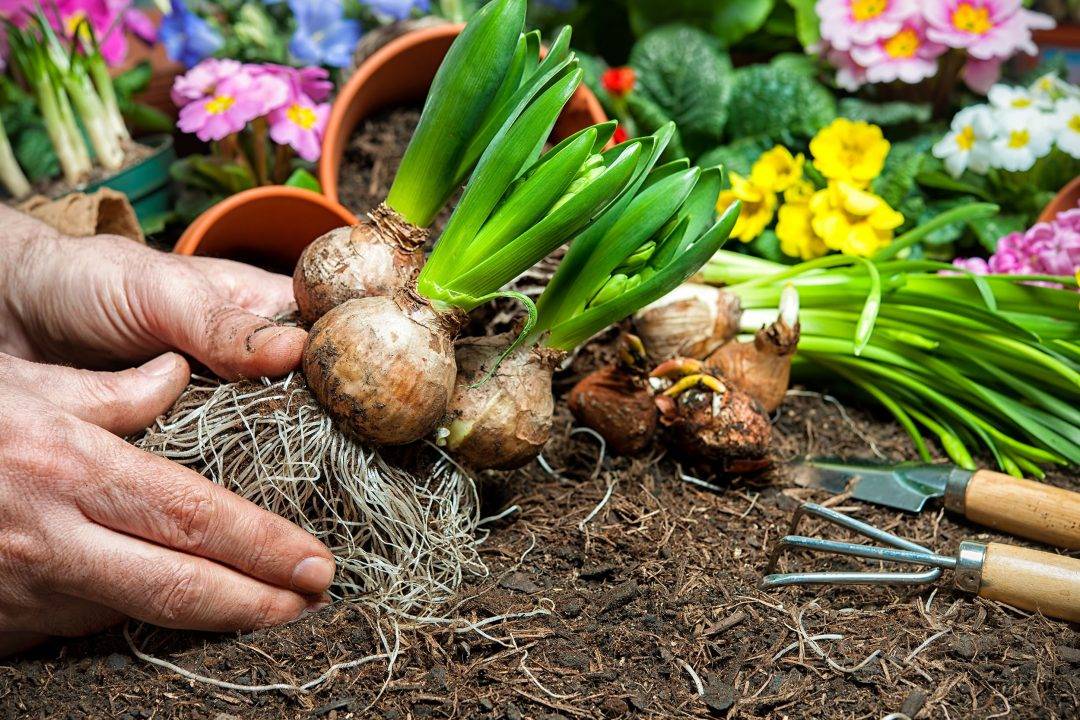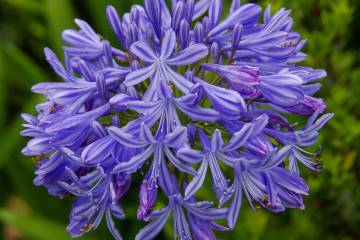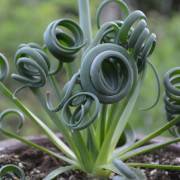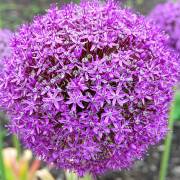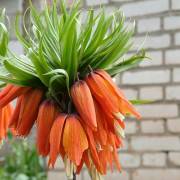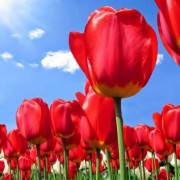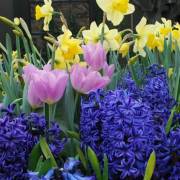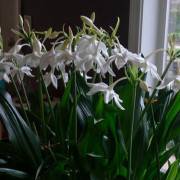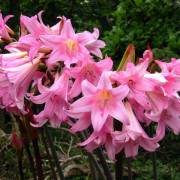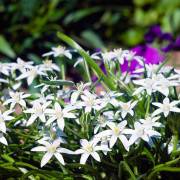Hyacinths: planting and care in the open field
Content:
Hyacinths (hyacinthus) bloom in early spring. They fascinate the eye with their rich and vibrant colors. Hyacinths are versatile flowers that can grow both indoors and outdoors.
How to choose and prepare bulbs
Hyacinths are classified as bulbous plants, the size of the bud depends on the variety. The tuber is dense and fleshy. The shape of the bulb is oval-round, covered with scales on top.
When choosing a bulb for planting, you must pay attention to the following criteria:
- The bulb should not be less than 5 centimeters.
- The rhizome should be firm and heavy to the touch.
- The tuber should be free of rot, mold and other damage.
- Root primordia must be present on the bulb.
In order for the plant to bloom, it is necessary to properly prepare it for planting. It is better to start distilling in the summer. During flowering, it is necessary to mark the most beautiful and healthy bushes.
Flowers intended for planting are dug out earlier. Then the tubers are sorted and selected. The size of the bulb for planting should be about 5 centimeters. After digging, the tubers are dried in the shade. Planting material is soaked in a fungicide solution before planting.
Choosing a place for hyacinths in the garden
Growing and caring for hyacinth in the open field largely depends on the correct choice of planting site.
It should be well lit and protected from gusts of wind. The personal plot should be flat, it is possible with a slight slope.
Groundwater should not be located close to the surface. Strongly moistened soil will lead to rotting of the rhizome.
Planting timing and soil preparation
Not everyone knows when to plant hyacinths in the soil. The timing depends on the climate and weather conditions of a particular region. Planting usually falls in September or October. In the spring, hyacinths are not planted.
When to plant hyacinths in open ground in different parts of Russia:
- southern regions - the second week of October;
- middle band - last week of September, early October;
- northern regions of Russia - early October;
- Urals and Siberia - the last week of August, early September.
The flower prefers loose and light soil. Before growing a flower, the site must be dug up, adding humus and mineral fertilizers to it. If the soil is clayey, it is mixed with sand and peat. In acidic, limestone is added.
Rules for planting hyacinths in the fall
The plant is planted mainly in the fall. To do this, you need to perform a number of actions:
- Dig holes up to 15 centimeters deep, the distance between them should be less than 10 centimeters. Pour a drainage layer at the bottom (3-4 cm).
- The tubers are placed on the bottom, carefully sprinkled with sand and covered with soil.
- Then the wells are watered abundantly.
- From above, the place needs to be mulched with peat or humus.
If the winter is too cold, additional agrofibre can be placed on top of the mulch.
How to plant hyacinths in the spring in the garden
Unlike most garden flowers, hyacinths are not planted in spring. In order not to stress the plant, plant it in the soil, preferably in the fall.
Planting in spring will be bad for flowering. If there is no choice, 60 minutes before planting, the rhizome is placed in the freezer, after this treatment, flower buds will begin to tie on the flower. Otherwise, the landing technology does not differ from the autumn one.
How to propagate hyacinths at home
Reproduction of flowers is a responsible event. All corms are naturally grown from a bulb, and hyacinth is no exception. The reproduction procedure is carried out by cutting out the bottom of the bulbs or cutting it.
Cutting the bottoms of hyacinth bulbs
After the plant has faded, the rhizome is removed from the ground. The tuber is carefully examined - it must be healthy and unharmed. Only mature and strong tubers are suitable for reproduction. Then they are washed and cleaned of dirt. Next, you need to dry it - it takes about a week.
With a sharp knife, a recess is made in the lower part of the onion. The bottom is cut off together with the central kidney.
Small tubers are placed in a box or box, cut to the top. The container with the planting material must be covered with foil. And keep at a temperature of 30 degrees Celsius. After 60 - 90 days, little children appear on it. Then the children are seated in separate containers.
Cutting the bottom of the hyacinth bulbs
Hyacinths also reproduce by notching the bottom. For this, the lower part of the bulb is processed. The incisions are made up to 0.6 cm deep.
On a large tuber, about four cuts are made, on a smaller material, only two. The cut must be disinfected.
Next, the bulb is placed in a warm place (+21 degrees), this is necessary for the incisions to open. Then they are treated with a fungicide. From a large tuber, you can get from 10 to 15 children.
Forcing in pots with soil
Forcing in a pot can be purchased in winter. They are a bulb with leaves and inflorescences. After they have faded, you can save the rhizome and plant it on a flower bed near the house.
In order for the plant to enjoy flowering for a long time, it is necessary to provide proper hyacinth care. In order not to wet the tuber, it is better to water through the pan.
Forcing in winter depletes the plant. It is necessary to buy a plant in a flowerpot only for a short time. Then it must be transplanted to a personal plot.
Hyacinths: planting and care in the open field
How to grow hyacinth to get a beautiful bloom is of interest to many gardeners. At home, the flower grows for less than a year. Forcing is done only once, then the plant is planted in a garden or flower bed. After planting, the plant must be properly looked after, only then it will bloom. Novice gardeners don't know how to care for hyacinths.
Watering
If we talk about garden hyacinth, care primarily consists of adhering to the watering regime.
The plant loves moisture, but too moist soil can harm it. It is necessary to moisturize the flower depending on the season.
In spring and summer, during the active growing season, the plant is moistened twice a week. At the same time, it is impossible to fill the bush. The soil around the plant should always be slightly damp, about 2 cm deep.
Each watering ends with loosening of the soil.To reduce moisture evaporation, sawdust can be used as mulch.
Fertilizers for hyacinths
The first top dressing is applied in March, when the first sunrises appear. It is composed of superphosphate and nitrogen.
During the budding period, mineral complex fertilizers are used. Before flowering itself, potash or phosphate fertilizers are added to the soil.
At the end of flowering, the plant is fed with potassium and superphosphate.
When to transplant hyacinths after flowering and after purchase
One of the most popular questions among newbies is when to transplant hyacinths? The transplant is carried out in the fall. The plant cannot grow in one place for a long time, the soil is depleted, the flower weakens and dies.
To transplant hyacinths, it is necessary to prepare the soil, apply fertilizers. Before disembarking, the site in the country must be dug up.
The tuber is removed from the soil, cleaned and dried. The transplant is carried out in the same way as the landing. Then it is necessary to provide proper care so that the plant quickly takes root and takes root.
Preparation for wintering
After planting in autumn, the future plant needs shelter. For this purpose, ordinary mulch is suitable. It is better to give preference to sawdust, dry leaves.
The thickness of the shelter must be at least 18 centimeters. In winter, additional hay cover is also recommended.
How to store hyacinth bulbs
The plant is dug up at the beginning of July, after the end of flowering. Then it is dried in the shade.
For 14 days, the bulbs must be stored at a temperature of +30 degrees, after which the temperature must be reduced to 17 degrees. Air humidity is not more than 70 percent.
Once a week, it is necessary to ventilate the room in which the planting material of hyacinths is stored. The storage room must be dark, artificial lighting is not acceptable.
The dormant period of the rhizome is 95 days. Before planting, the planting material is kept at a temperature of +5 degrees.
The main pests and diseases of hyacinths
When grown outdoors, hyacinths practically do not get sick. The plant is sick only when:
- storage rules are violated;
- the soil is too wet;
- poor quality planting material;
- the tubers were infected;
- there were too many weeds on the site;
- ignoring preventive measures.
The main pests include:
- hoverfly (flower fly);
- aphids;
- thrips;
- bear;
- root mite.
You can get rid of parasites with the help of pesticides that can be found in any gardening store.
Hyacinths are early spring flowers. Thanks to proper care, they will delight with their flowering for more than one month. If you follow the recommendations above, then they will definitely delight the lover of beautiful plants.
